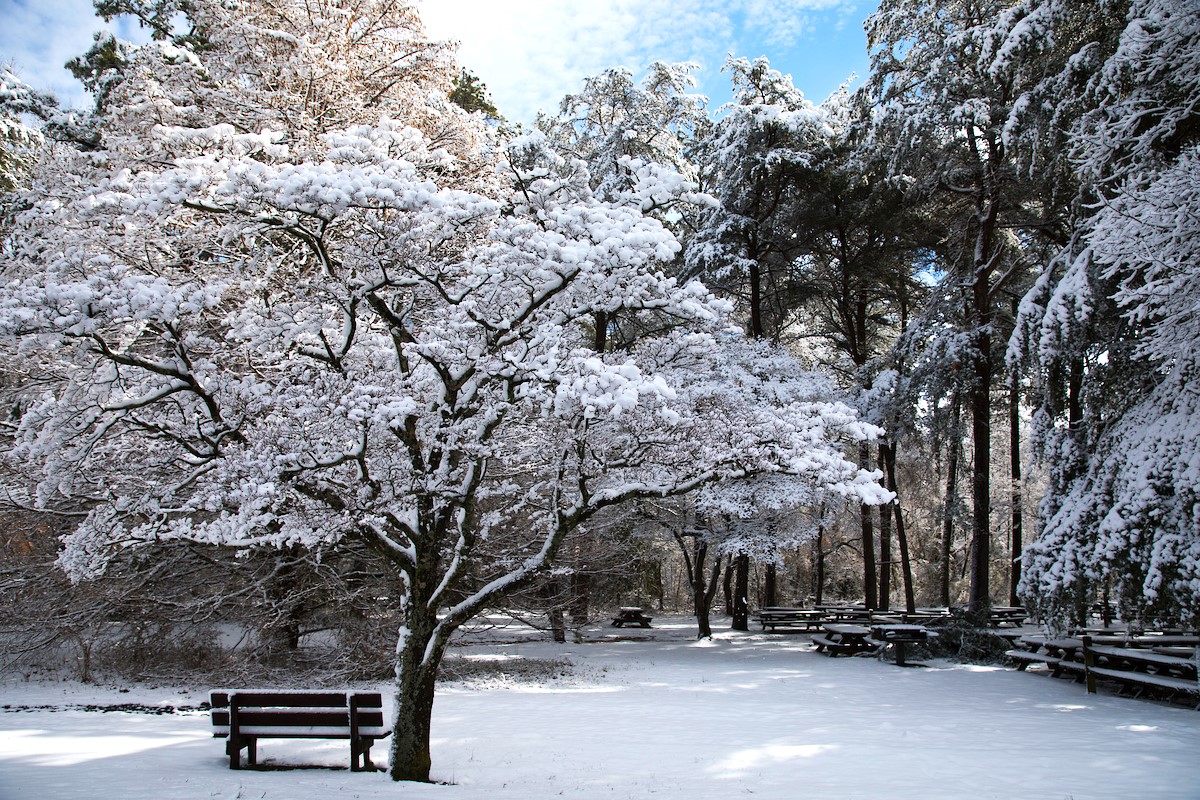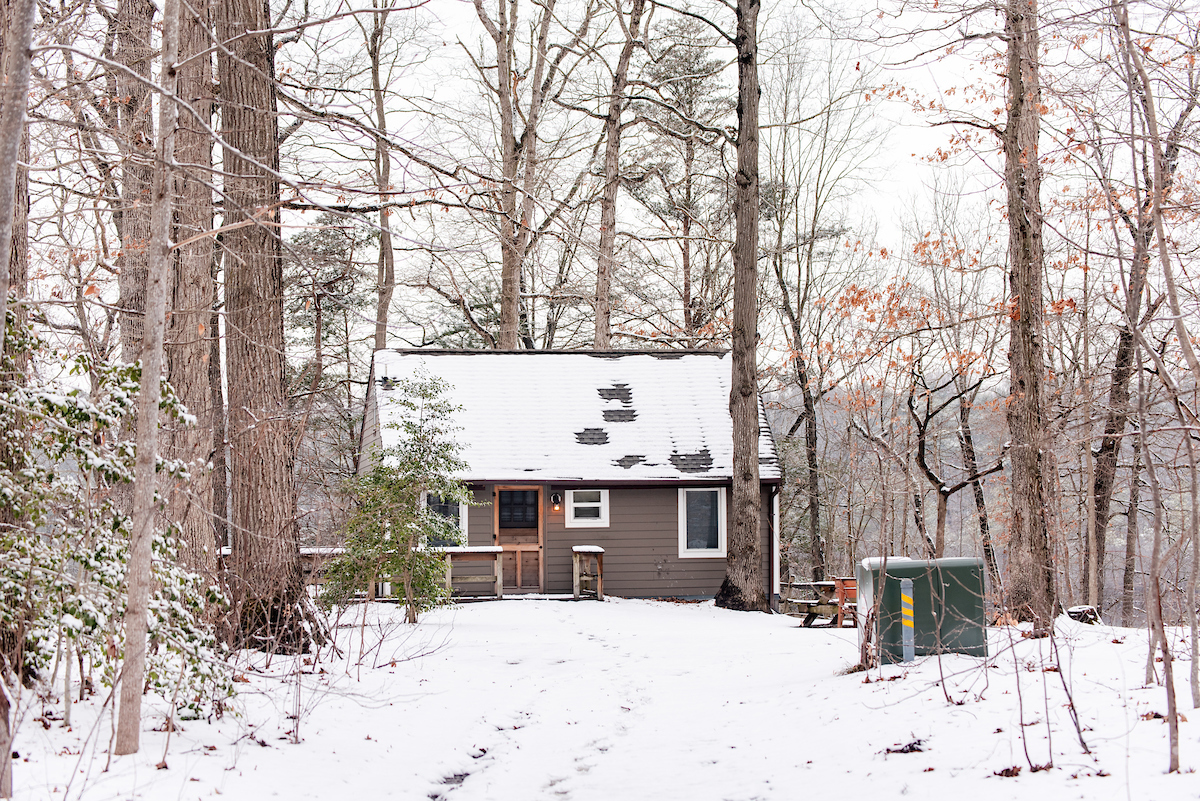
April 17, 2020
By: Katherine Evers, Assistant Superintendent at White Clay Creek State Park
When was the Chambers House Built?
Did you know that the Chambers House, White Clay Creek State Park’s Nature Center, was built an estimated 200 years ago? In celebration of this historic building, learn the rich history of the Chambers house in a blast to the past.

The exact year that the Chambers House was built is unknown. The stone above the gable window would have originally displayed the date, but the top portion of the house was rebuilt due to a roof fire long before the park owned the house. The true date remains a mystery, but given tax records, the house is thought to be built around 1820.

Chambers House: Previous owners, Karen and Tom Church’s photo from 1972-1979
Origins of the Chambers House
Many generations of the Chambers family lived and farmed the lands of northern White Clay. According to John Whiteclay Chambers II, a Rutgers University history professor and descendant of the original owners, “In 1713, a yeoman farmer in Yorkshire named John Chambers, seeking to escape from the religious persecution of Quakers in England, sold his farm and sailed with his family to William Penn’s ‘Holy Experiment’ in Pennsylvania.” He and his wife Deborah, along with their five children, arrived in Philadelphia in 1713.
By 1715, John Chambers had settled on a plot of land on the White Clay Creek close to the present-day Pennsylvania state line. In 1720, he purchased from David Lloyd, William Penn’s agent, 664 acres along White Clay Creek, originally part of the “Hopyard” tract. He also purchased land on the west side of the creek. Upon John’s death, the land was divided among his sons. His eldest son Richard married Elinor Miller of what is now Avondale, and they had at least two sons, John and Benjamin. Over the next two centuries, the descendants of John Chambers operated their farms, known as “Hopyard,” “Hillvale,” “Pennview,” “Hillside,” and “Hilltop,” located along the White Clay Creek and what is now Chambers Rock Road.”

Chambers barn adjacent to the house: Previous owners, Karen and Tom Church’s photo from 1972-1979
The house left the Chambers family in 1841 and passed through the hands of various owners until Mary Chambers Folwell bought the property in 1927. Mary was a direct descendent of the original John Chambers, who immigrated from England. She was working toward reassembling the original Chambers landholdings. By 1938, she owned 508 acres and was running a successful dairy farm of purebred Jersey cows from Hilltop Farm on Chambers Rock Road. It is thought that Mary built the addition to the old stone house to accommodate modern plumbing and electricity.

Side view photo collected from Barbe Breylinger (granddaughter of Mary Chambers Folwell).

Early photographs of the Chambers House collected from Barbe Breylinger (granddaughter of Mary Chambers Folwell) includes view of the adjacent barn whose foundation ruins remain today.
How the Community Saved the White Clay Valley
In 1954, the property was bought by the Robinson family. Shortly after, in 1959, the house and land were sold to E.I. DuPont de Nemours and Co. At that time, the Dupont Co. was buying up vast amounts of property in the area. They were planning on building a dam to create a reservoir in the valley in anticipation of potential water shortages. The creation of the dam and reservoir would have flooded the house up to the second floor if they were successful. Thankfully, there was a public outcry when plans to demolish White Clay Valley were publicized. Conservation groups and citizens in the area were successful in their protests to stop the dam and reservoir from being created. DuPont transferred the property to the States of Delaware and Pennsylvania for preservation.

The Chambers House Today
In 1985, the home was renovated and became the site of the park office and Nature Center for White Clay Creek State Park. Later in 1995, the park office moved to its current location at the Hillside School.
Today, the Chambers House serves as the Nature Center and office for the programming staff. The park hosts a variety of programs in the house, and it serves as the main building for the park’s Discovery Camps.
Stop by to check out this historic building and the barn ruins when the Nature Center is open or enjoy a virtual tour with the White Clay Creek State Park Interpretive Programs Manager.

Current photo of the Chambers House as our Nature Center, which has retained its iconic stone structure over 200 years.


